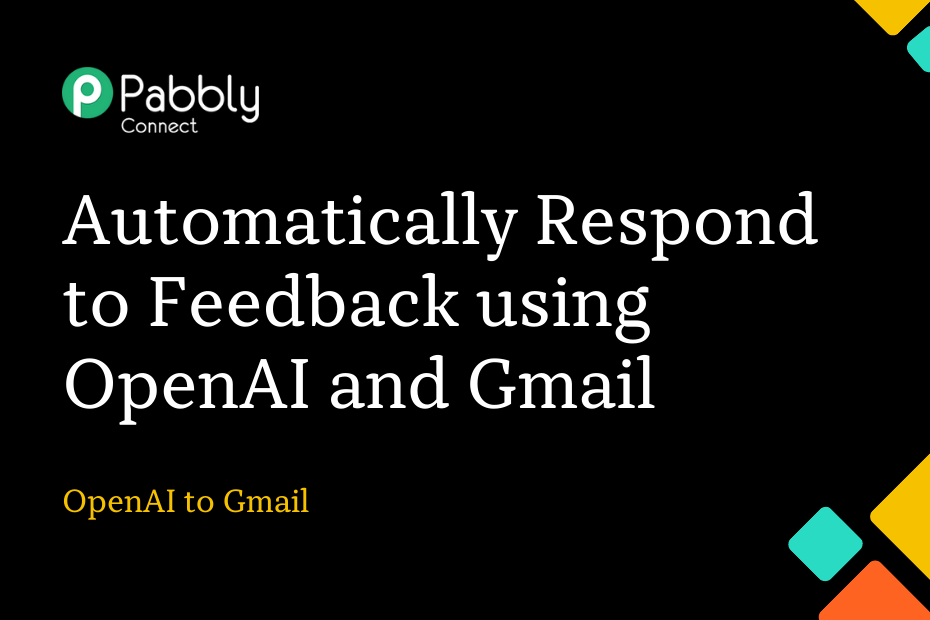Let us explore how you can integrate Google Forms with OpenAI and Gmail. Following this integration – you will be able to automatically respond to the feedback you receive through Google Forms using OpenAI and Gmail.
This automation requires a one-time setup, for which we will use Pabbly Connect.
We will first link Google Forms with Pabbly Connect to capture the feedback, then link Pabbly Connect with OpenAI to compose a reply, and lastly, link Pabbly Connect with Gmail and respond to the feedback.
Steps to Automatically Respond to Feedback using OpenAI and Gmail
1. Sign In / Sign Up to Pabbly Connect and Create a Workflow
2. Establish a Connection between Google Forms and Pabbly Connect
3. Setup OpenAI as the Action App to Generate Responses
4. Setup Gmail as the Action App to Send Emails
Step 1:- Sign In / Sign Up to Pabbly Connect and Create a Workflow
A. Sign In / Sign Up
To begin this process, visit Pabbly Connect and create your account by clicking on the ‘Sign Up Free’ button. You can also click on Sign In if you already have an account.
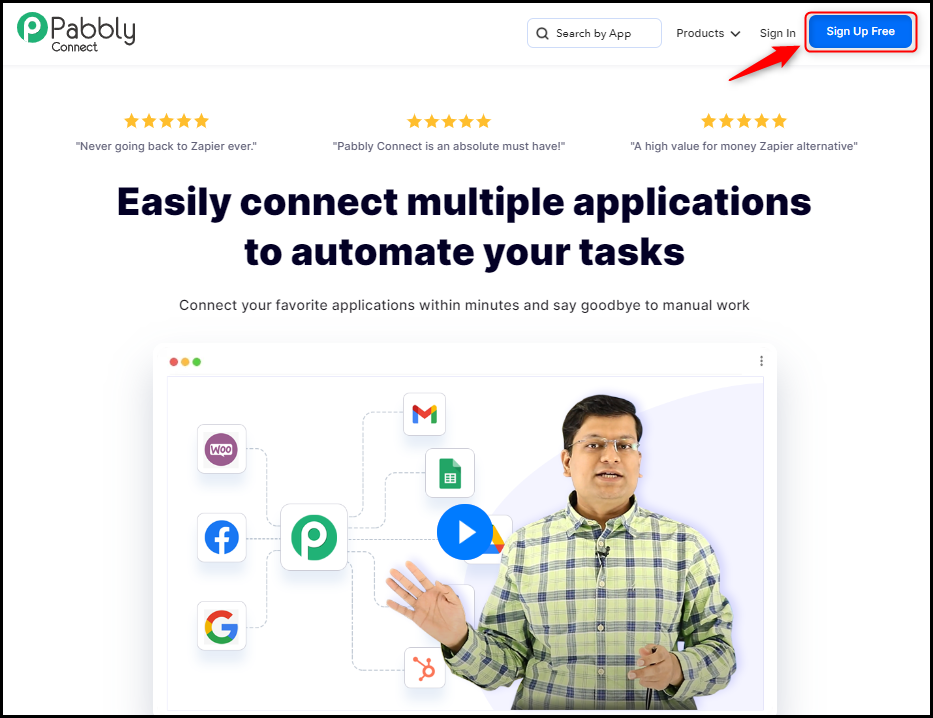
Click on the Pabbly Connect ‘Access Now’ button
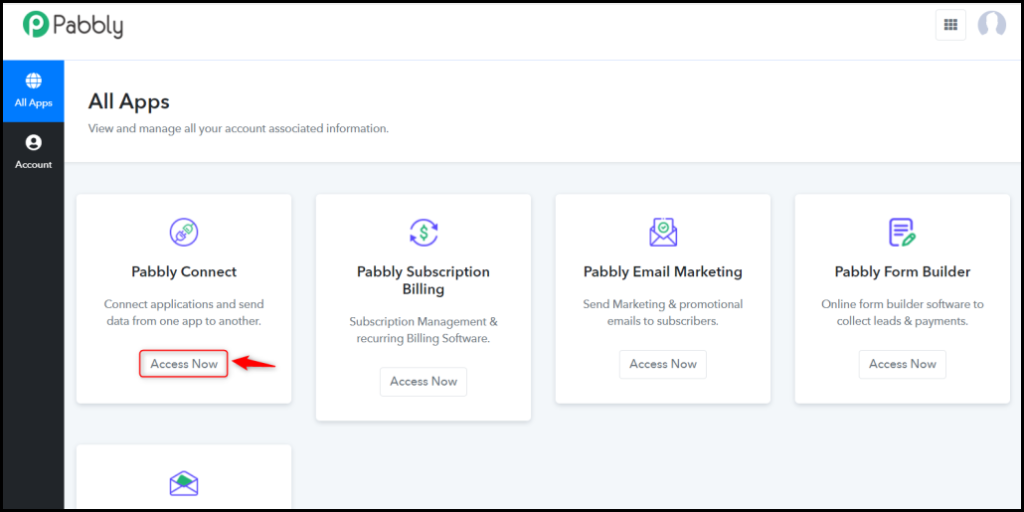
B. Create Workflow
To create a new workflow, click the ‘Create Workflow’ button.
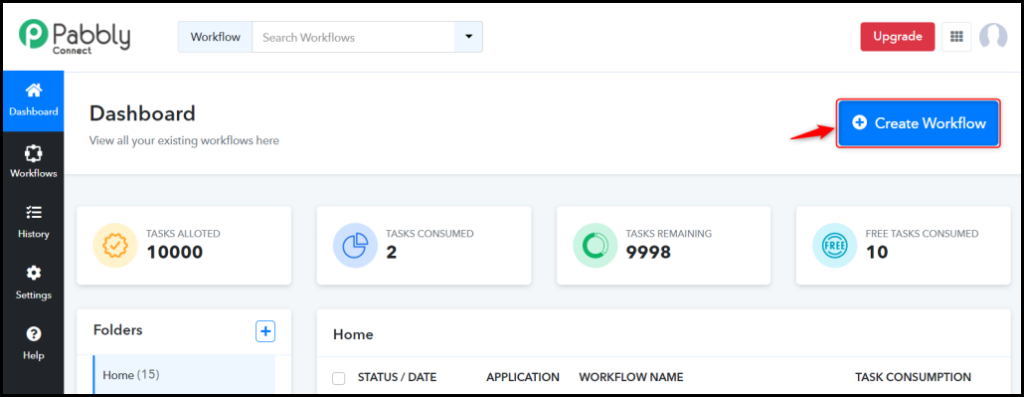
Name your workflow, and click on ‘Create’.
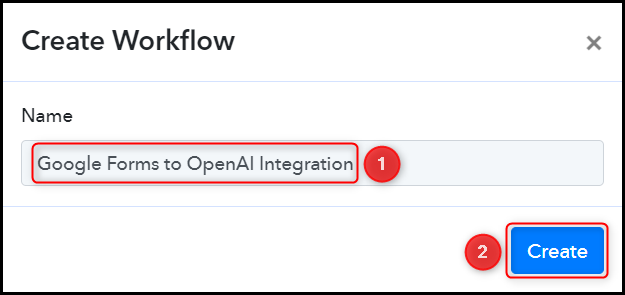
Step 2:- Establish a Connection between Google Forms and Pabbly Connect
We will now look at the steps through which we will establish a link between Google Forms and Pabbly Connect. This will help us to fetch the data from Google Forms responses.
A. Trigger App
Trigger allows us to choose the application that will receive the data for Pabbly Connect. In our case, it would be Google Forms.
Choose ‘Google Forms’ as the Trigger App and select ‘New Response Received’ as a Trigger Event.

B. Webhook URL
A new Webhook URL will get generated. You will use this Webhook URL to create a connection with your Google Forms account. Copy the Webhook URL.

As soon as you Copy the Webhook URL, Pabbly Connect will start looking to capture data from Google Forms, as indicated by the rotating Waiting For Webhook Response button.

C. Connect Google Forms Account
To connect with your Google Forms account, go to the Google Form whose response you want to capture and make a dummy submission.
Then click on the 3 dots and ‘Select response destination’.

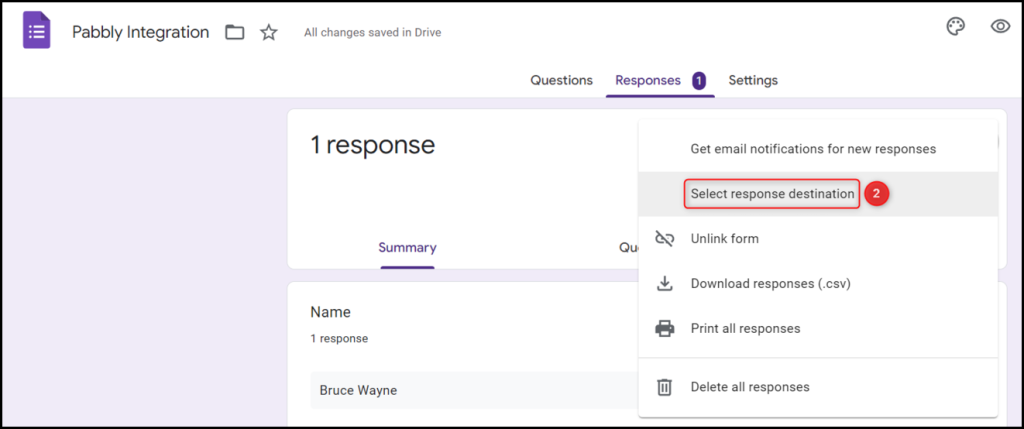
Select ‘Create a new spreadsheet’ and click on ‘Create’.
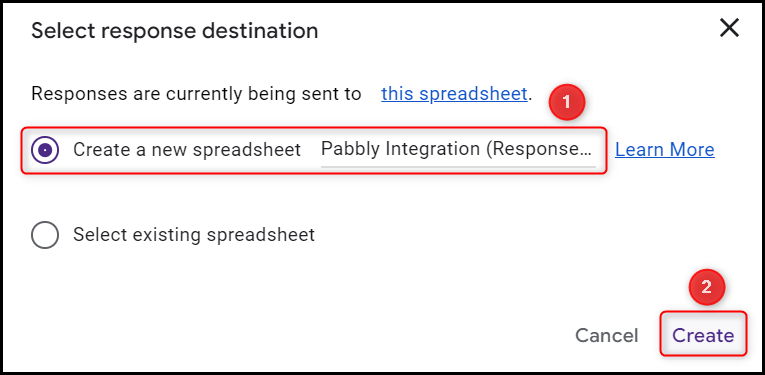
Click the green ‘Google Sheets’ icon, and you will be redirected to a new spreadsheet, where your response will also be visible. This sheet will record all your Google Forms responses and act as a repository through which Pabbly Connect will capture the data.


Click on Extensions > Add-ons > Get add-ons, and search for ‘Pabbly Connect Webhook’.

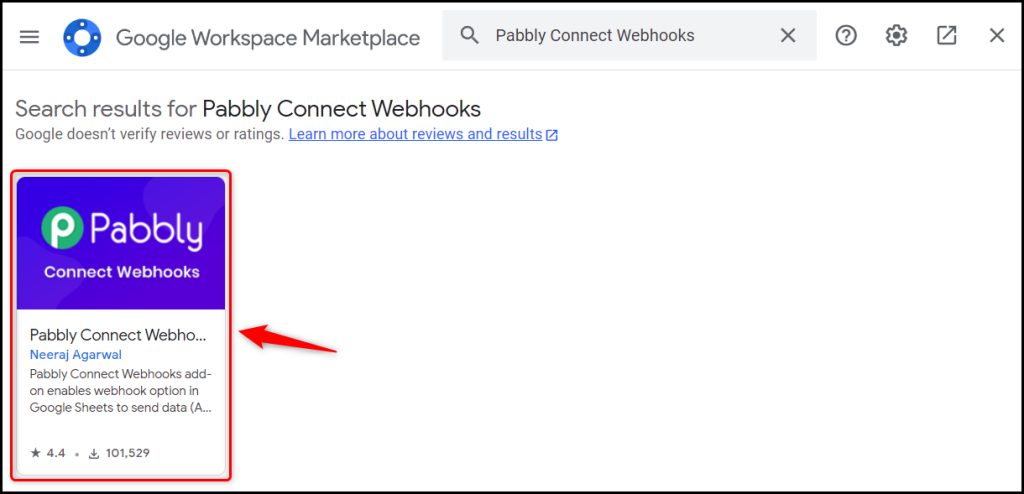
Install the Pabbly Connect Webhook extension.

After installing the add-on, again click on Extension > Pabbly Connect Webhooks > Initial Setup.
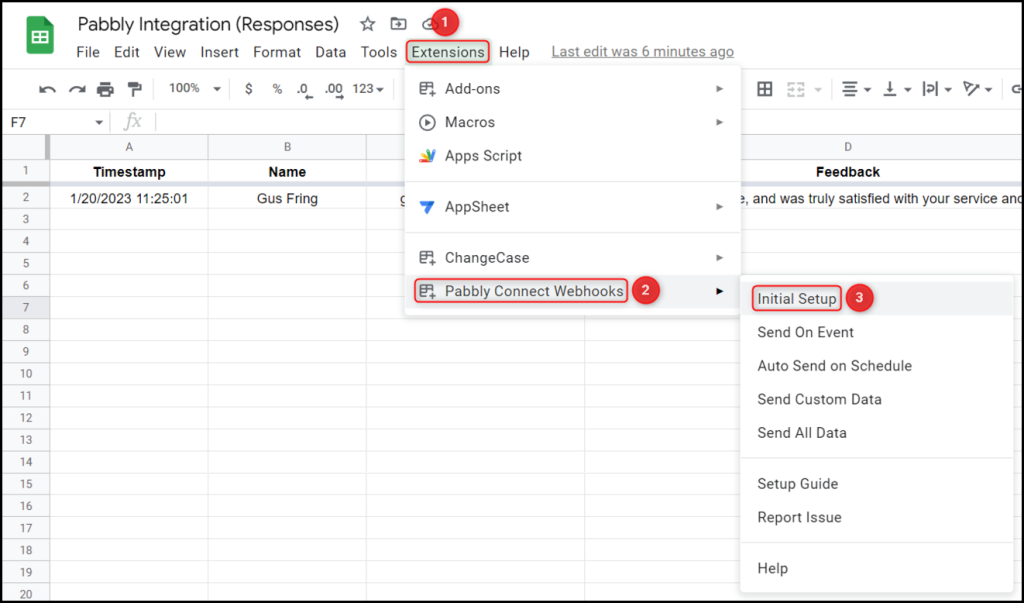
Paste the Webhook URL that we copied earlier, and in the Trigger Column, mention the name of the last column in which the data is available, and click on ‘Send Test’.
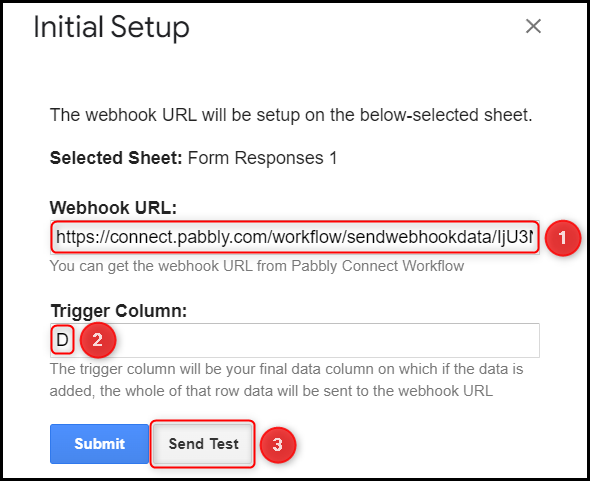
Now that the data is sent successfully – click on ‘Submit’.
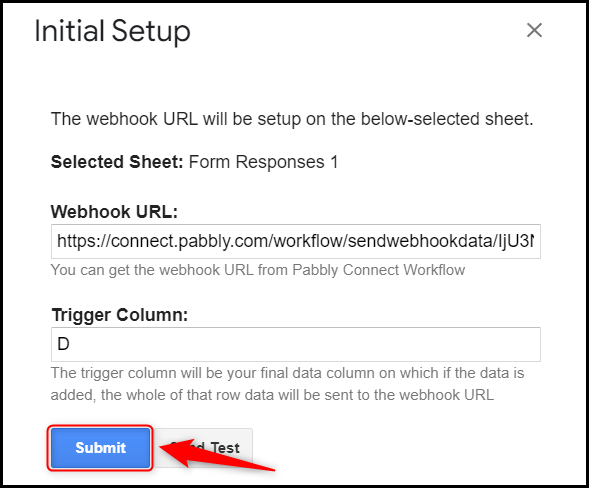
Now, click on Extension > Pabbly Connect Webhooks > ‘Send On Event’ – This will ensure that your Google Forms responses will automatically be captured by Pabbly Connect.
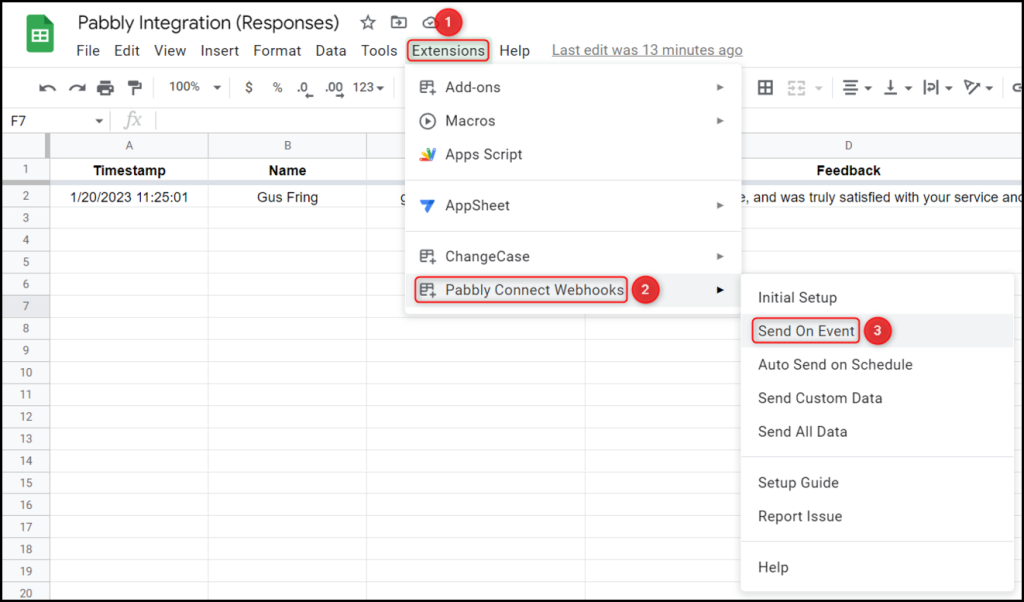
Switch back to Pabbly Connect, expand Response Received, and the data you entered must be visible, thus confirming our established connection.
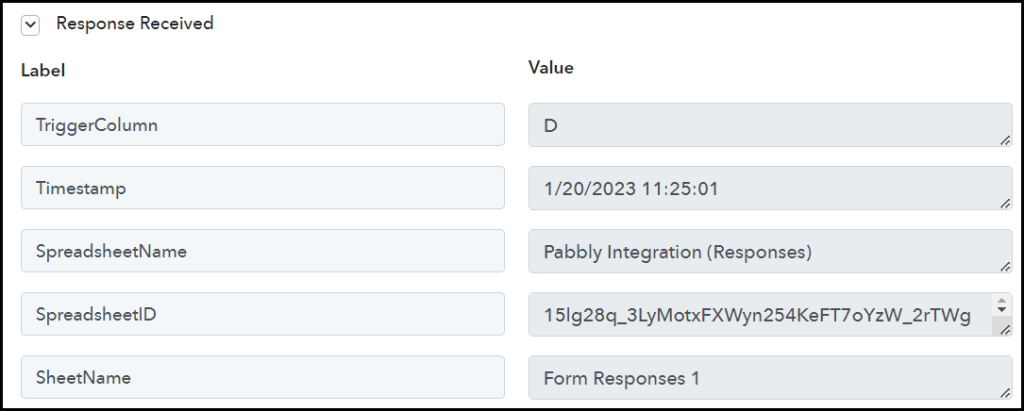
We have established a link between Google Forms and Pabbly Connect. Pabbly Connect will now automatically capture the responses upon each form submission.
Step 3:- Setup OpenAI as the Action App to Generate Responses
Action allows us to choose the application that will get executed by the workflow trigger.
Since we want to generate responses for the captured feedback using OpenAI – it will be our Action App.
A. Action App
Choose ‘OpenAI’ as the Action App, select ‘Generate Content’ as an Action Event, and click on ‘Connect’.
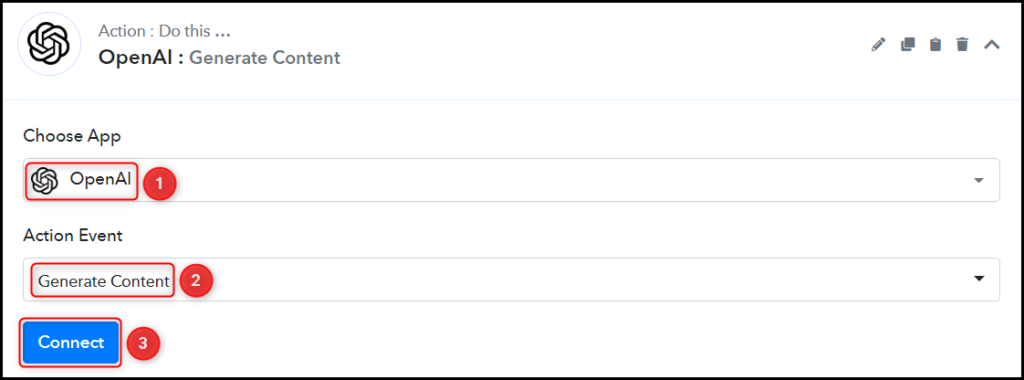
B. Connect OpenAI Account
To connect with your OpenAI account, select ‘Add New Connection’. You will be prompted to enter your API Token. Find your API Token by clicking on the ‘OpenAI API Keys page’ button.
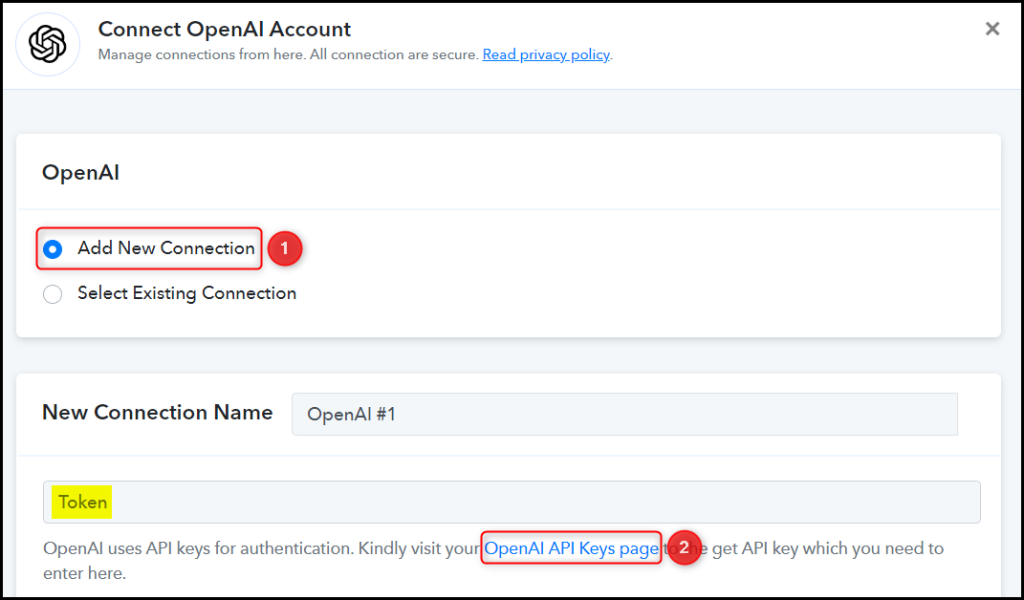
Generate and copy your API Token, paste it into its given field, and click on ‘Save & Send Test Request’.
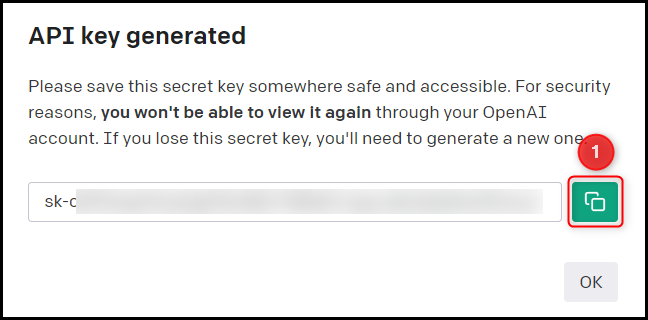
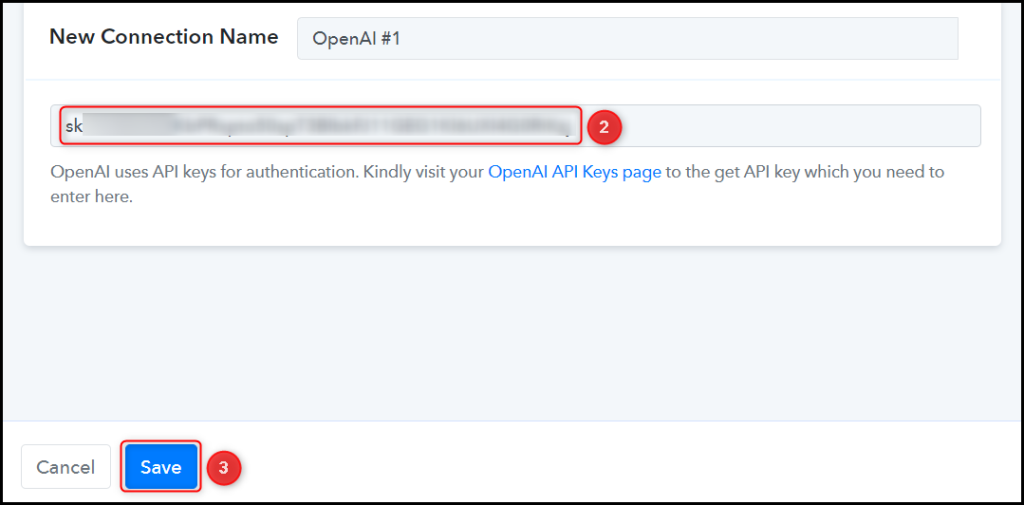
Select the AI Model you want to use for generating the response

C. Enter / Map the Necessary Fields
Now that you have connected your OpenAI account, all you need is to map the necessary details from the step above. Mapping ensures our data remains dynamic and changes as per the received responses.
Compose a Prompt by mapping the details from the step above.
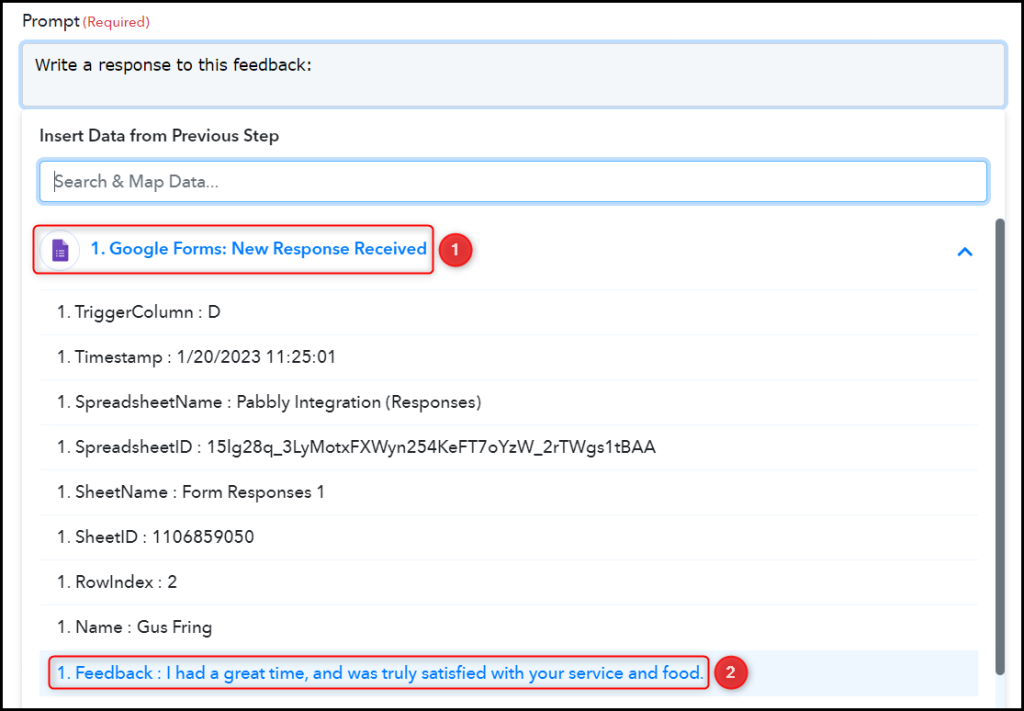

Similarly, select/enter other fields, leaving the unnecessary ones empty, and click on ‘Save & Send Test Request’.

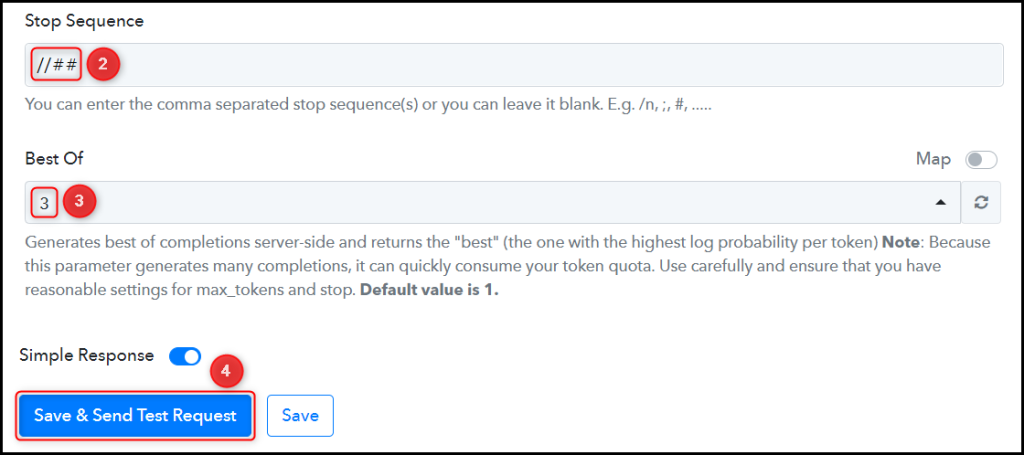
As soon as you click on Save & Send Test Request, a response will automatically be generated using OpenAI.
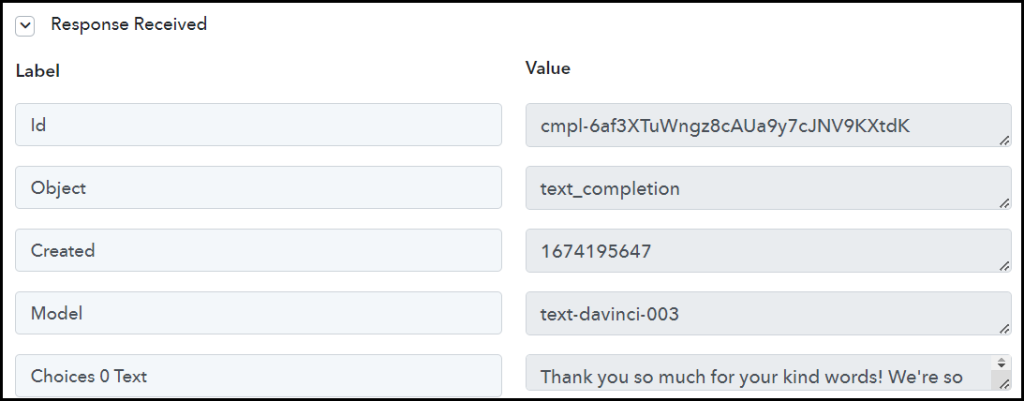
Step 4:- Setup Gmail as the Action App to Send Emails
We essentially want to respond to the feedback using Gmail – thus, it will be our Action App.
A. Action App
Choose ‘Gmail’ as the Action App, select ‘Send Email’ as an Action Event, and click on ‘Connect’.
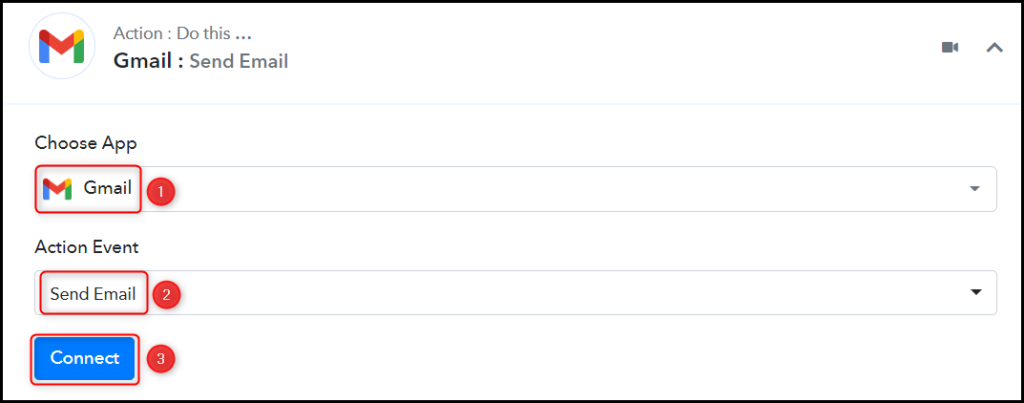
B. Connect Gmail Account
To connect your Gmail account, select ‘Add New Connection’, and click on ‘Connect With Gmail’. Also, grant the authorization. This account will be used for sending emails.
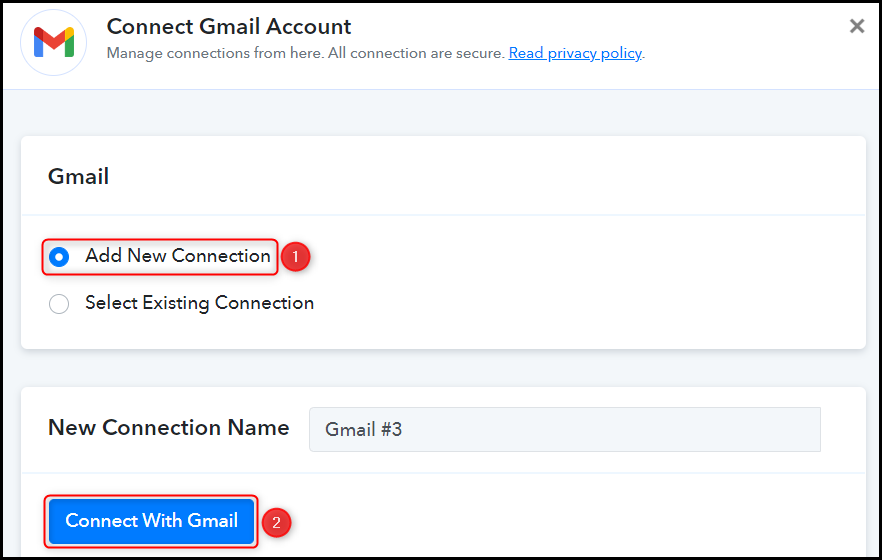
C. Map Necessary Fields
Map the Recipient Email Address to whom you want to respond.

Enter / Map the Email Subject and Email Content from above, and click on ‘Save & Send Test Request’.
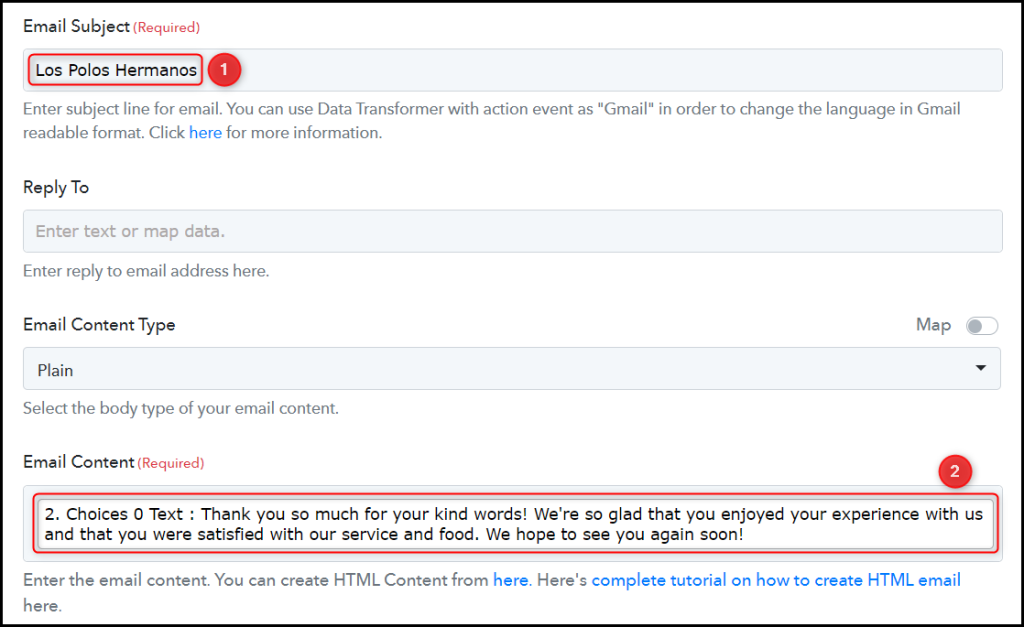

The moment you click on Save & Send Test Request, an email will be sent to the recipient’s email address.
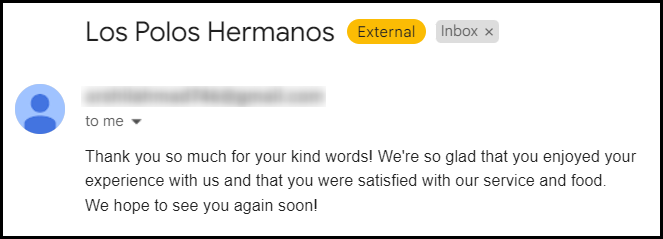
Our automation is complete. We have successfully integrated Google Forms with OpenAI and Gmail. Now, each time someone gives you feedback, OpenAI will automatically generate a response for that feedback and send it to them via Gmail.
You can copy this entire workflow by clicking this link.
Sign Up for a free Pabbly Connect account, and start automating your business
Subscribe to our Youtube Channel for more such automation
For any other queries, visit our forum
